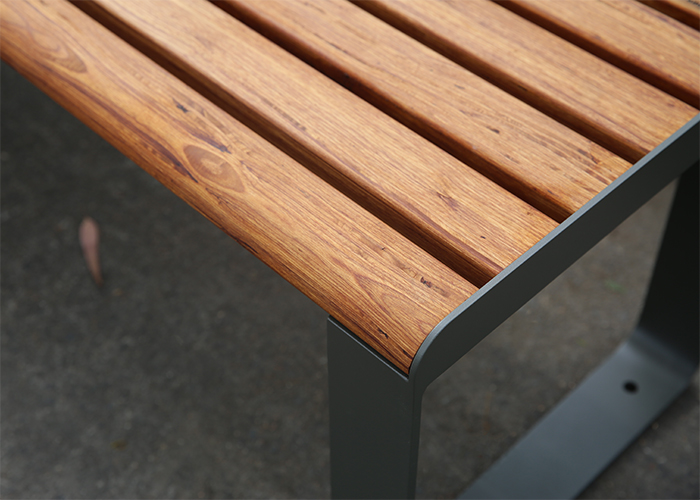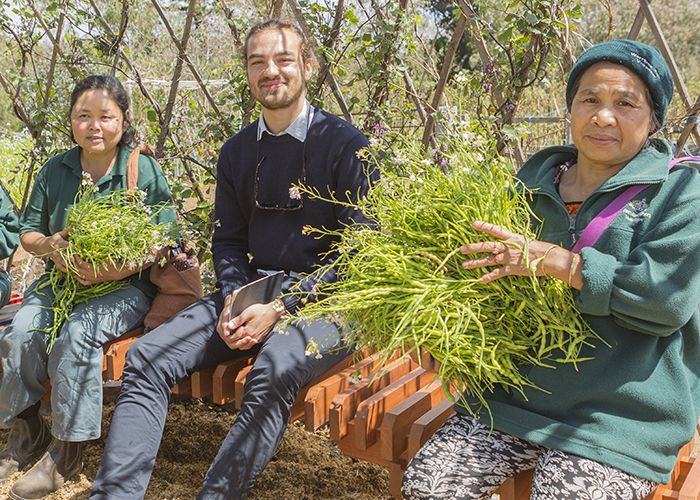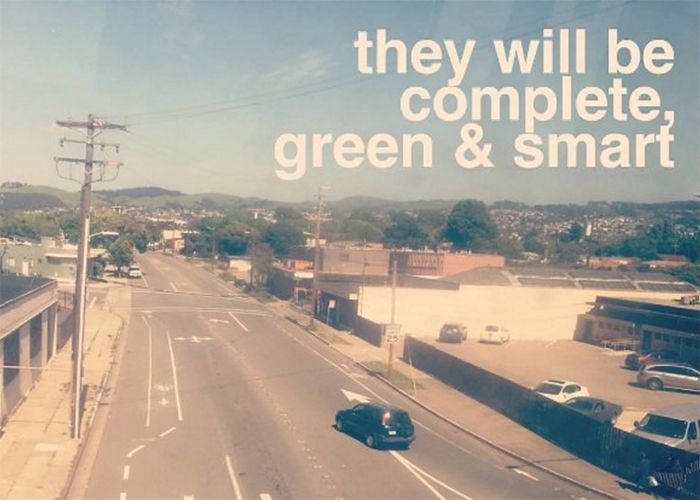by Jason Packenham.
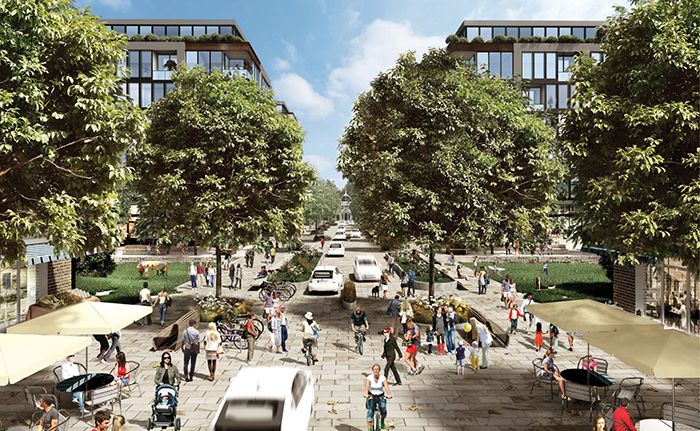
Green, smart, complete. Credit: WSP Parsons Brinckerhoff and Farrells.
Urban leaders are reimagining Australia’s future cities, starting with Streets 2.0 – a cross-disciplinary forum held in Sydney – with the conversation to continue in March at the Cities 4.0 Summit in Melbourne.
With autonomous vehicles on the horizon, now is the time for such events. Provocative discussions at Streets 2.0 raised as many questions as answers.
In continuing this provocation, this piece is as much a recap as it is a wondering of where to from here.
What do we mean by the street? What role do streets play in our cities today? What do we want and need from them?
Looking forward, what is their role in a future with autonomous vehicles? How do we achieve some of the grand visions of Streets 2.0? Are they possible? And if not, what needs to change?
A road and a street – what’s the difference?
Roads and streets are often confused, with negative consequences for the public domain of our cities.
A ‘road’ is a right of way between two points, prioritising thoroughfare (primarily for vehicles) over amenity.
A ‘street’ is a place in its own right. It is for all users and transport modes, and encompasses all that occurs building-to-building; including the building fronts themselves.
The opening discussion of Streets 2.0 saw mention of Austroads, Australia’s national design standards for roads, and there was general consensus on how inappropriate its application is for dense urban environments.
If roads and streets are two different things, don’t our streets — among the most economically, environmentally and socially sustainable places in our cities — deserve their own design standards?
So, where is Austreets?
Such a standard would enable a holistic, building-to-building design approach to ensure our streets are concerned with more than just the free movement of motor vehicles.
Australian city streets desperately need national design standards — binding ones — tailored for urban environments to ensure road designers are working towards a standard of holistic street design, rather than being bound by road design standards.
Such a standard would shift the focus from auto-centric design to a more inclusive framework for pedestrians, cyclists, mass transit and private motor vehicles.
And, as a number of speakers touched on at Streets 2.0, these standards are needed now to pre-empt the arrival of autonomous vehicles in the near future.
How do we design for autonomous vehicles?
Autonomous vehicles will change the way we build and live in our cities, potentially impacting urban form as much as the mass production of the Model T Ford did a century ago.
But as Smart Cities Council ANZ Executive Director Adam Beck observes, urban leaders and thinkers have been largely absent from this forum.
There a few reasons to be wary of the rollout of autonomous vehicles by the motor and technology industries if left unchecked.
One, the potential further sprawling of the urban fringe, or the rise of so-called Carmageddon where autonomous vehicles are sent driverless across the city, doubling the number of car trips our road systems need to cope with.
While autonomous vehicles undoubtedly have their place in the future city, do we know why? What problems are we attempting to solve with autonomous vehicles? And in doing so, what new problems do we create?
As was importantly raised by the Streets 2.0 discussion panel, we need to know what the question is before proposing that autonomous vehicles are the answer.
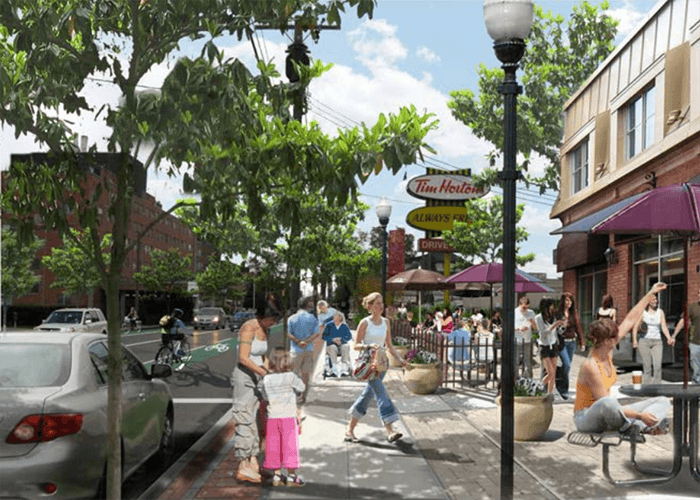
Complete Streets For Niagara, visualisation.
So, what is our question?
Are we pursuing safer streets? A binding national design standard tailored specifically for urban streets would go a long way to achieving this.
Are we pursuing improved urban mobility? Steven Burgess, self-styled Reformed Traffic Engineer, raised a telling point on the potential of autonomous vehicles as a solution.
He says we would simply reinforce one of the most wasteful, inefficient and environmentally damaging forms of land use and transportation — the private motor vehicle.
Whatever the role for autonomous vehicles in the future city and shared economy, strong, people-first policies and standards are needed to ensure autonomous vehicles take their rightful place in the future street.
But where are all the Steves?
Steven Burgess made perhaps one of the most notable points of the day — traffic engineers will play the pivotal role in introducing autonomous vehicles to the future street. Yet, there was a noticeable absence of traffic engineers at Streets 2.0.
Urban leaders, thinkers and designers will need to better align themselves with traffic engineers if they are to influence the future street.
On that note, perhaps Streets 2.1 can involve the Australian Institute of Traffic Management and Planning?
How do we deliver the Streets 2.0 vision?
The goals drawn from Streets 2.0 are only as good as the design standards, project briefs and budgets that enable them.
To achieve these goals, urban leaders need to be involved in the right discussions, with relevant disciplines (road designers, traffic engineers and economists) in the room working towards a common framework.
Streets need stronger distinction from roads. This needs to be underpinned with binding policies and standards that ensure all levels of the public and private sector adhere to their objectives.
Only then will the future street be green, complete and smart.
 Jason Packenham is Senior Landscape Architect with Context.
Jason Packenham is Senior Landscape Architect with Context.
Cover image from WSP Parsons Brinckerhoff and Farrells White Paper, on autonomous vehicles in the UK.
If you would like to contribute an opinion piece, please contact StreetChat at editor@streetfurniture.com


 Jason Packenham is Senior Landscape Architect with Context.
Jason Packenham is Senior Landscape Architect with Context.

